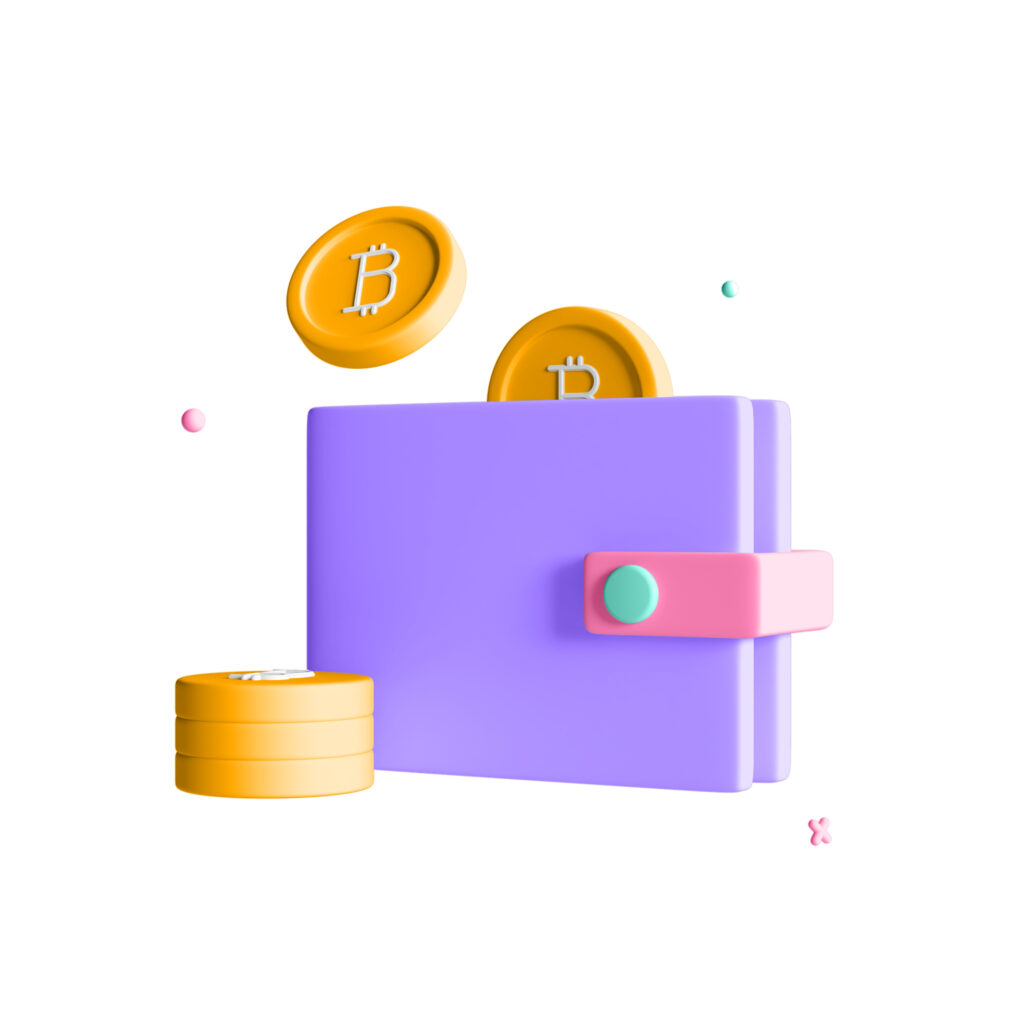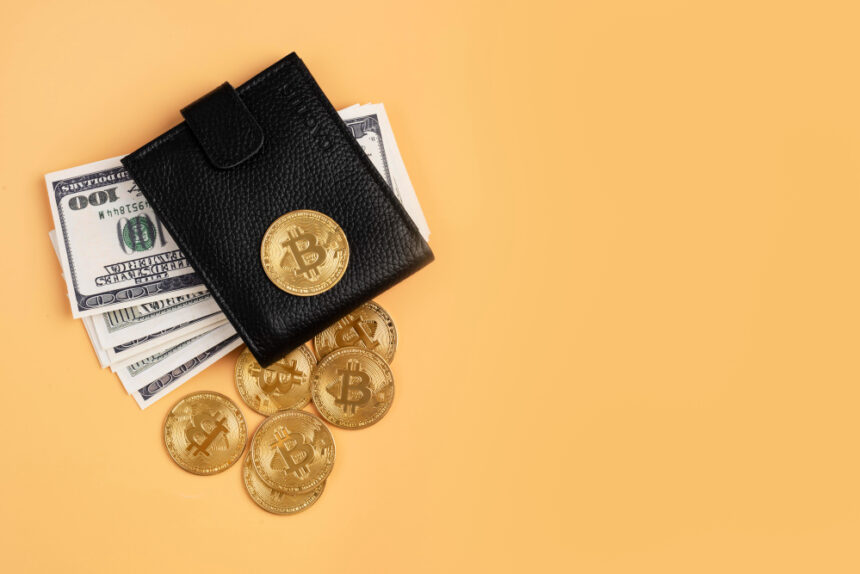In the digital age, cryptocurrencies have revolutionized how we perceive money, transactions, and investment. As millions flock toward Bitcoin, Ethereum, and countless altcoins, one essential component of managing digital assets often gets overlooked—the crypto wallet.
Whether you are a seasoned investor or just beginning your journey into the world of digital currencies, understanding how crypto wallets function is crucial. More importantly, knowing the difference between hot and cold wallets can help safeguard your investments against cyber threats. In this guide, we’ll break down the key features of crypto wallets, explore hot and cold storage in detail, and discuss which option might offer the best security depending on your needs.
What is a Crypto Wallet?
At its core, a crypto wallet is a digital tool that allows users to store and manage their cryptocurrency holdings securely. Unlike traditional wallets that hold physical currency, crypto wallets don’t actually store coins or tokens in the same sense. Instead, they contain a set of private and public keys that grant access to the blockchain, enabling users to send, receive, and monitor their digital assets.
The private key is your secret code—it gives you control over your funds. The public key, on the other hand, acts as your wallet address, which you can share to receive payments. Losing your private key means losing access to your funds, which is why storage solutions must be handled with utmost care.
As crypto adoption rises globally, the number of wallet options has grown. From mobile apps to hardware devices, crypto wallets come in different forms, but they generally fall into two main categories: hot wallets and cold wallets.
The Concept of Hot Wallets
Hot wallets are cryptocurrency wallets connected to the internet. They are known for their convenience and ease of access, making them the go-to choice for everyday traders and users who frequently interact with digital assets. Hot wallets are typically software-based and can exist as desktop apps, mobile applications, or web interfaces.
Because they are online, hot wallets allow for real-time transactions. This makes them ideal for buying and selling crypto on exchanges, participating in DeFi protocols, or paying for goods and services using digital currencies. Users can monitor their balances, receive crypto instantly, and execute trades with minimal friction.
Popular examples of hot wallets include MetaMask, Trust Wallet, Coinbase Wallet, and Blockchain.com Wallet. These tools provide intuitive interfaces, integration with dApps (decentralized applications), and often support multiple blockchain networks.
The Security Risks of Hot Wallets

While hot wallets offer convenience, they are more vulnerable to security threats due to their internet connectivity. Hackers can exploit software bugs, phishing schemes, or device vulnerabilities to gain access to your private keys. For example, if malware infects your device, your wallet credentials might be exposed, leading to unauthorized transactions.
The risk is even higher when wallets are accessed on shared or public devices. Additionally, storing private keys or recovery phrases in unsecured locations such as cloud storage or email makes users more susceptible to hacking attempts. That said, reputable hot wallets implement strong security measures like two-factor authentication, encryption, and biometric logins to mitigate risks.
Cold Wallets Explained
Cold wallets, in contrast, are completely offline. They store the private keys on physical devices or paper, making them immune to online threats like hacking or phishing. Cold storage is typically favored by long-term investors or institutions holding large volumes of cryptocurrency. These wallets provide a secure environment for keeping assets untouched until needed.
Hardware wallets are the most popular form of cold storage. These devices—like the Ledger Nano X or Trezor Model T—securely hold your keys and require manual confirmation to execute transactions. Since they are not constantly online, attackers cannot remotely access the information stored within them.
Another type of cold wallet is a paper wallet, which is a printed sheet containing your public and private keys. While this option is less common today due to its impracticality and risks of physical damage, it was once a widely used method for secure long-term storage.
The Pros and Cons of Hot and Cold Wallets
When evaluating which type of wallet to use, it’s important to consider the strengths and weaknesses of each approach. Hot wallets shine in terms of speed, accessibility, and user experience. Cold wallets, on the other hand, offer unparalleled security but sacrifice convenience.
Hot wallets are suitable for users who engage in regular crypto transactions. If you’re actively trading, staking, or using crypto for everyday payments, a hot wallet provides the flexibility you need. Most hot wallets also support QR scanning, portfolio tracking, and seamless connection to decentralized finance apps.
Cold wallets are ideal for “HODLing”—a term popular in the crypto community that refers to holding assets over the long term. When your coins are stored in a cold wallet, you remove them from the digital playground, making them less susceptible to online theft. The peace of mind this brings is invaluable, especially for investors managing significant capital.
Can You Use Both Hot and Cold Wallets?
Absolutely. Many experienced investors employ a hybrid approach to crypto storage. By dividing their holdings between hot and cold wallets, users can enjoy the best of both worlds—accessibility for day-to-day usage and robust security for their long-term holdings.
For instance, you might keep a small portion of your portfolio in a hot wallet for daily transactions, trading, or staking. The bulk of your assets can then reside safely in a cold wallet, where they remain out of reach of online intruders.
Some users go even further, establishing multiple wallets for different purposes: a mobile wallet for spending, a desktop wallet for trading, and a hardware wallet for long-term storage. This kind of segmentation provides additional security and limits your exposure in the event of a compromise.
Setting Up a Hot Wallet
Setting up a hot wallet is generally straightforward. Most platforms offer user-friendly onboarding processes that walk you through downloading the wallet, creating a password, and generating a recovery phrase. This phrase—usually a series of 12 to 24 words—acts as a backup in case you lose access to your device.
It’s essential to store this recovery phrase offline in a secure place. Do not take screenshots or store it digitally in cloud services. Some people write it on paper and store it in a safe, while others use metal plates designed to withstand fire or water damage.
Once your wallet is set up, you can begin sending and receiving crypto. Most wallets will display your balances, transaction history, and available tokens. You can also customize settings like notification alerts or network preferences.
Setting Up a Cold Wallet
Cold wallets require a few more steps but are still manageable for most users. Hardware wallets must be purchased from official vendors to avoid tampering. Once received, the device is connected to your computer via USB or Bluetooth and initialized through proprietary software.
The setup process involves generating a seed phrase, which functions similarly to hot wallets’ recovery phrases. Once backed up, you can transfer your crypto from an exchange or another wallet into the cold wallet’s address.
To send funds out of a cold wallet, you usually need to connect the device to your computer, open the wallet software, sign the transaction, and confirm the transfer on the hardware device itself. This extra layer of manual verification makes unauthorized transactions extremely difficult.
How Crypto Wallets Impact Financial Freedom
One of the biggest appeals of cryptocurrency is the sense of financial sovereignty it provides. With traditional banks, access to funds can be restricted or delayed, especially during global crises. In contrast, crypto wallets allow users to control their money directly, without intermediaries.
Crypto wallets can also serve as gateways to new financial ecosystems. With a secure wallet, users can access decentralized exchanges (DEXs), lending platforms, staking pools, and NFT marketplaces. This level of financial participation was previously unavailable to people in underbanked or unbanked regions.
Moreover, having full control over your assets encourages responsibility and financial literacy. Managing your wallet keys and understanding blockchain technology gives you a deeper appreciation for secure financial practices.
The Future of Crypto Wallets
The development of crypto wallets is evolving alongside the industry. In the future, we can expect wallets to become even more user-friendly, secure, and integrated with traditional finance. Innovations like multi-signature wallets, smart contract-based wallets, and biometric authentication will continue to enhance user experience and security.
Wallets will also likely play a central role in the metaverse and Web3. As digital identity and ownership become more critical, wallets will not just store currency but also serve as IDs, access tokens, and digital passports.
In this expanding ecosystem, choosing the right wallet becomes even more critical. Whether navigating NFT marketplaces, joining DAOs (decentralized autonomous organizations), or managing multi-chain assets, your wallet will be your anchor in the decentralized world.
What Makes a Crypto Wallet Trustworthy?
Not all wallets are created equal. When choosing a crypto wallet—hot or cold—it’s essential to do thorough research. Look for transparent development teams, open-source code, active user communities, and a track record of updates and security patches. User reviews, online forums, and YouTube walkthroughs can also provide insights into wallet functionality and reliability.
Avoid downloading wallets from unofficial app stores or unverified links. Always verify that you’re on the official website, and double-check URLs before proceeding. It’s also wise to enable security features like biometric access, PIN codes, and two-factor authentication wherever possible.
Crypto Wallets and Google AdSense Compliance
If you run a blog or informational site about cryptocurrencies, writing about crypto wallets can be a powerful way to drive traffic and meet Google AdSense monetization criteria. Content like this—educational, non-harmful, and security-focused—is generally compliant with AdSense policies.
When optimizing blog posts about crypto wallets, it’s important to balance user-friendly explanations with technical accuracy. Avoid promoting investment schemes, and steer clear of speculative claims about coin prices or financial returns. Instead, focus on practical knowledge, wallet comparisons, user safety, and how readers can protect their assets.
Including content on wallet best practices, how-to guides, and beginner explanations will improve your blog’s SEO and make it more attractive to both readers and advertisers. Google rewards content that offers genuine value, especially in technical or emerging niches like crypto.
Choosing the Right Wallet for You
Understanding the difference between hot and cold wallets is fundamental for anyone navigating the world of digital assets. Hot wallets offer unparalleled convenience and accessibility, perfect for active users and traders. Cold wallets, while slightly less convenient, offer unmatched security for those looking to safeguard their holdings over the long term.
In today’s fast-paced crypto environment, security can never be an afterthought. Whether you choose a hot wallet, a cold wallet, or a hybrid strategy, what matters most is being informed, prepared, and intentional with how you store your digital wealth.
As crypto continues to grow and touch every corner of finance, the importance of secure wallet management will only increase. Make sure your assets are protected, your keys are stored safely, and your knowledge is always one step ahead. Your crypto wallet is more than just a digital tool—it’s your personal vault in the decentralized financial revolution.

